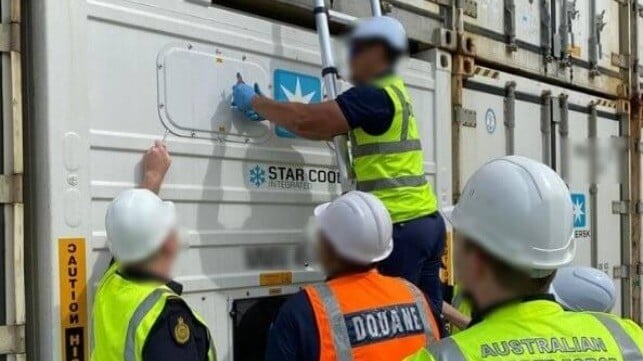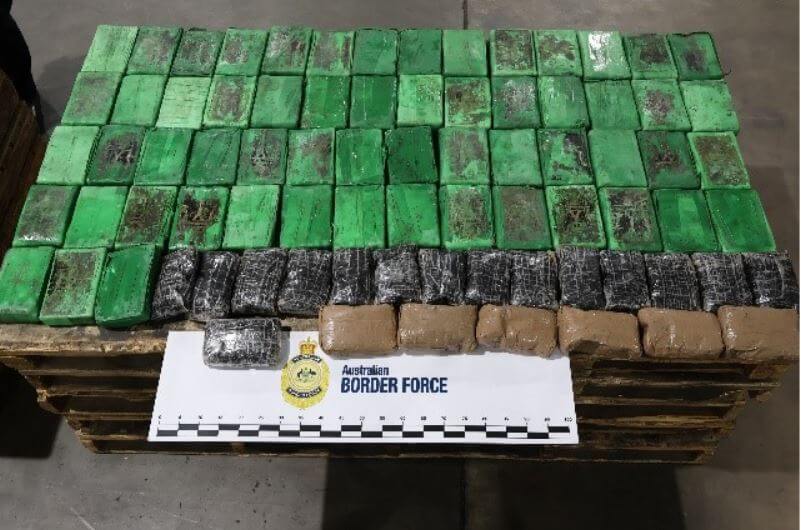Australian Task Force Targets Cocaine Shipments in Pacific Islands

Drug smugglers are constantly on the lookout for new ways to get narcotics past customs agents, and containerized freight is an area of constant innovation for organized crime. The invention of new smuggling routes, concealment methods and infiltration schemes make the cocaine business hard to stop, and it requires port officials to exercise skill and persistence to find the one "dirty" container in a yard full of cargo. In the Pacific, Australia - the world's largest per-capita cocaine market - has been working with international partners to train up customs officers and target drug shipments throughout Oceania, not just in the major seaports in New South Wales and Queensland.
During a recent Australian Border Force-led operation, ABF officers worked together with their counterparts from the U.S., New Caledonia, French Polynesia and New Zealand to teach local officers how to detect drugs placed using the "rip" concealment method, also known as "rip-on/rip-off." This common scheme involves concealing drugs in an otherwise normal container shipment, and it is often carried out by corrupt workers or officials at the port of origin. On arrival in the destination country, the smuggling ring intercepts the container and removes the drugs.
During the two-month operation, the joint teams seized 140 kilos of cocaine in French Polynesia, all hidden in insulation panels in a reefer box. Another 67 kilos were seized in New Caledonia, hidden behind panels in a shipping container. In Australia - where cocaine is worth more than gold on the street, gram for gram - authorities captured a total of 285 kilos from three different shipping containers.


Courtesy ABF
"Organized crime groups are highly sophisticated enterprises, with incredibly deep pockets and a constantly expanding global reach," said ABF Commander International Claire Rees. "The Rip method is becoming a hugely popular method of evasion, but it is only a possible strategy due to the increase of trusted insiders and criminal infiltration throughout the global supply chain."
The Pacific islands are a transit corridor for smuggling drugs from South American countries of origin to markets in Australia, and it is a route established enough to earn a name of its own - the "Pacific Drug Highway." Latin American cartels, Chinese Triads and a variety of local actors all play a role in the trade, Joint Interagency Task Force - West advisor Jim Ink told New Lines Magazine.
